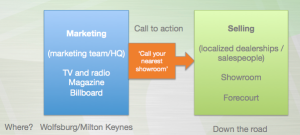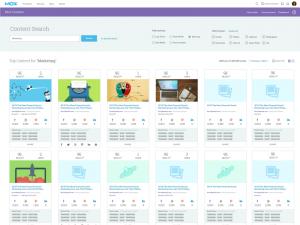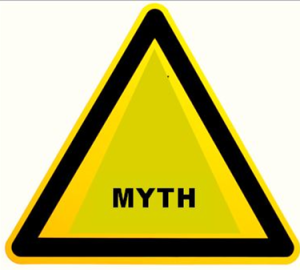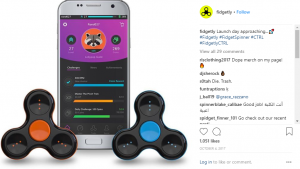When a consumer receives the right offer from the right brand at the right moment, the effect can be magical. It’s when marketers pull a clickbait and switch that trouble for a brand begins.
We all fell for it at first. We’d search for something online, and the combination of an intriguing headline and a provocative photo, down there in the margins, would catch our eye. So, we’d click the link to find out more. But instead of the interesting content we expected, we’d wind up with either fake news (surrounded by shady ads) or a clumsy product pitch. (Oh, and that provocative photo they used to lure us into the tent? That was nowhere to be found once we clicked through.)
Clickbait and switch
Like most people, I wised up to clickbait fast. And I wanted nothing to do with any brand that was associated with it. The reason was simple: from a consumer’s perspective, any good relationship with a brand is built on trust. But it’s hard to trust a brand that starts a relationship by tricking you.
Smoke and mirrors
Fortunately, most of us have also had the opposite experience. We’re searching for a product or service. We Google a basic description of that product or service, and the first item that pops up is a sponsored ad from a company that offers a perfect match.
And we think: Yes! That’s it! That’s exactly what I’ve been looking for!
That is a magic moment. We almost feel like we’ve been levitated.
And like true magic, that scenario rarely happens in real life. When it does, it’s almost always through Google AdWords. They’ve got the digital formula down as well as anybody could at this point. Because when you do a Google search, you display real-time intent data, which allows them to serve ads in the search results in a way that’s not disruptive or offensive. You’re already predisposed to take the action they want – click a search result. It’s a perfect symbiotic relationship between advertiser and consumer.
Facebook ads also measure up pretty well, and they offer more through engagement with the ad rather than clicking. The issue is when a native or sponsored ad appears embedded in a news feed and sometimes the inability to distinguish between what is a sponsored ad and subscribed content can border on trickery.
Algorithm and blues
The AdWords situation is the exception that proves the rule. Most of the free-range web is still really struggling. When you use intent data disrespectfully, to bombard people with ads without regard to context or timing – what are the odds they’re going to respond?
That’s not a rhetorical question. I can tell you what the odds are: about .02 percent.
The only magic that happens in that situation is that the consumer’s interest in your product disappears. Now you see a prospective customer; now you don’t — poof! People feel irritated, not levitated.
We’ve seen this before, with junk mail. But digital is worse because it’s so cheap.
There is a difference, however, and it’s critical. With digital, the intent is there, but the ads are presented at the wrong time and in the wrong context. With old-fashioned junk mail, the context was often right (even after all these years, 42 percent of people still read catalogs they receive in the mail), but there was so often no intent because the ads were simply dispersed across a particular zip code. A great offer on backyard playground equipment was wasted on people who weren’t actively in the market for it. So mailing them that ad showed a different kind of disrespect.
This is where the magic happens
There’s no silver bullet when it comes to making marketing magic. Figuring out how to serve the right ad to the right person at the right time takes equal parts hard work (including regression analysis) and common sense. But most of all, you have to treat your customers the way you like to be treated, whether your marketing method of choice is digital, direct mail, television or old-fashioned sandwich board. If you do that, if you present relevant advertising, the result really can be well, we’ll let the Canadian writer Charles de Lint describe it:
“I do believe in an everyday sort of magic — the inexplicable connectedness we sometimes experience with places, people, works of art and the like; the eerie appropriateness of moments of synchronicity…”
Opinions expressed in this article are those of the guest author and not necessarily Marketing Land. Staff authors are listed here.
Marketing Land – Internet Marketing News, Strategies & Tips
(45)
Report Post








